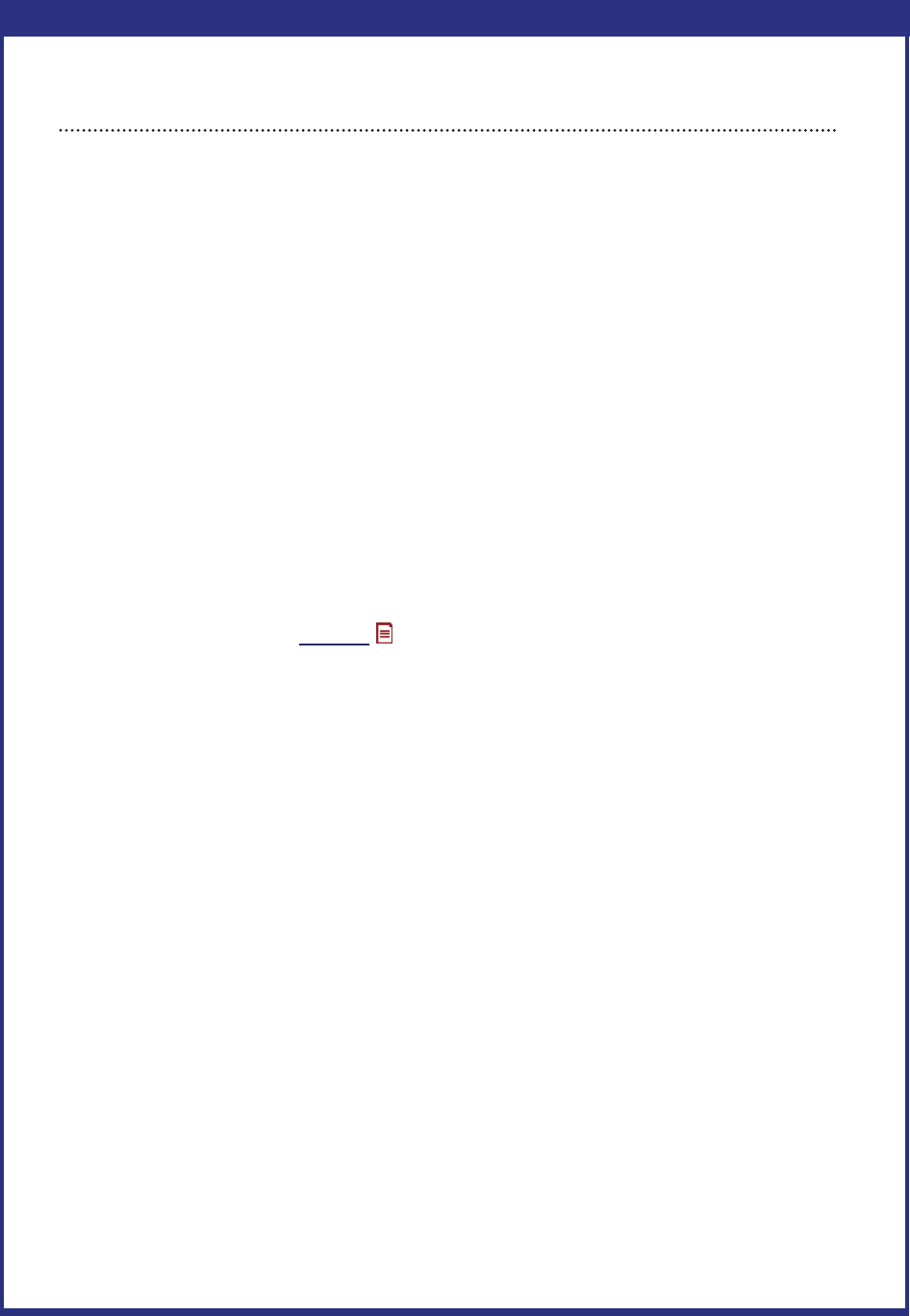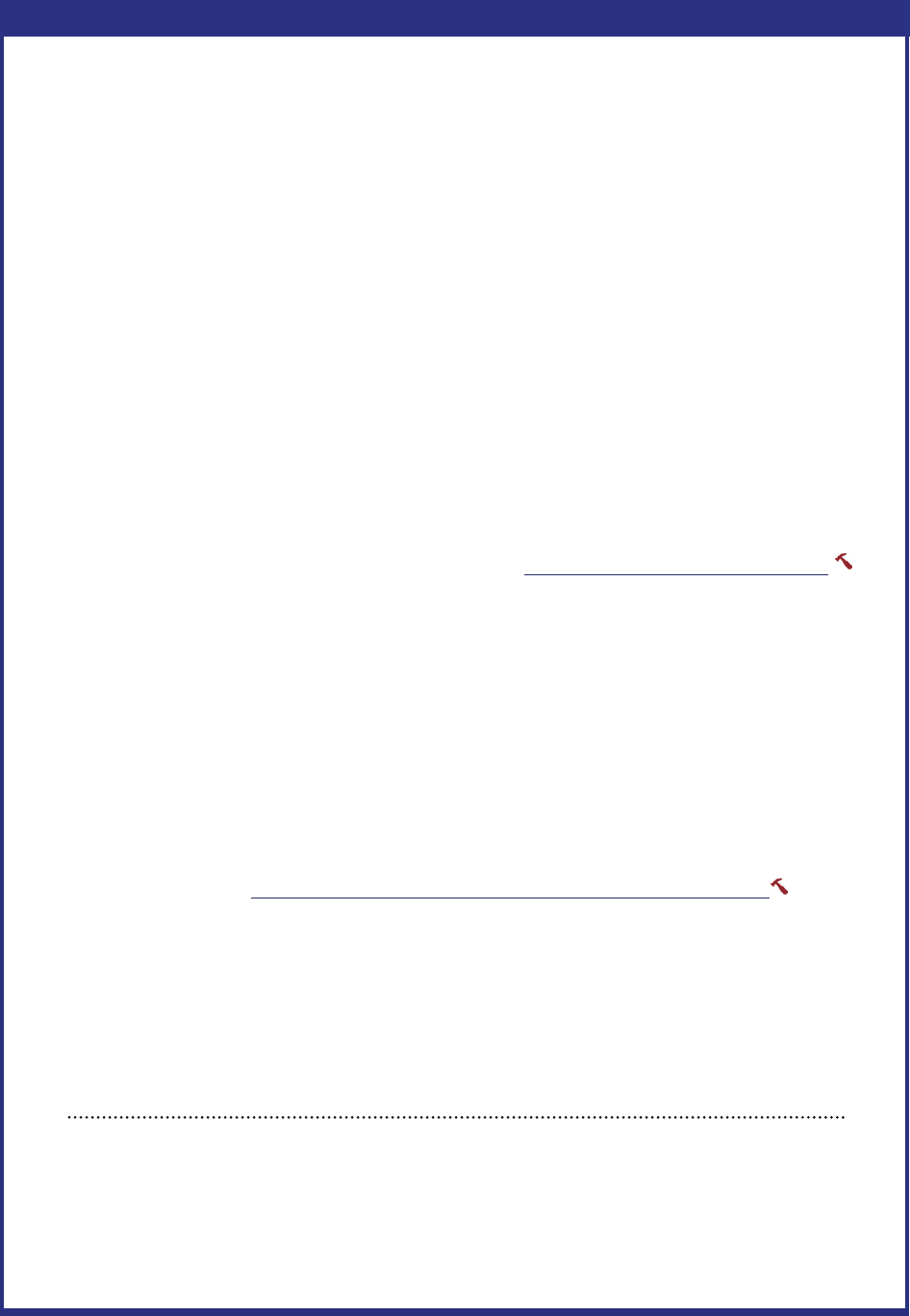
Health Literacy Universal Precautions Toolkit
AHRQ Pub. No. 10-0046-EF
Brown Bag Medication Review Tool 8
Brown Bag Medication Review
Overview
The “Brown Bag Review” of medications is a common practice that encourages
patients to bring all of their medications and supplements to medical
appointments. This provides clinical staff with an opportunity to review and
discuss the medications that the patient is taking. Reviewing medications with
your patient may help you to:
Answer the patient’s questions.
Verify what the patient is taking.
Identify and/or avoid medication errors and drug interactions.
Assist the patient to take medications correctly.
Purpose
To help practices develop a process to improve communication about medications
between patients and clinical staff.
Testimonials
We tested the tools in this toolkit with 9 different practices. Practices that
tested this tool were shocked at what they found.
“On the day we did the brown bag review, we had a patient experiencing
unexplained symptoms. It wasn’t until we looked at his medicine bottles
that we realized he was taking a double dose of beta blocker. This ex-
plained his symptoms perfectly. Had we not had the medicine bottles to
identify the problem, we would have sent him to the hospital.”
“Out of 10-15 brown bag reviews, only 2 were accurate.”
“Out of five brown bag reviews, we found three that had duplicate medi-
cine bottles resulting in double dosing and one discontinued medicine
that was still being taken.”
“We found errors in every review, including one where a patient stopped
his medicine on his own, another where a patient was taking a supple-
ment the provider did not know about, and others where the medicines
did not match what was in the chart.”

Brown Bag Medication Review Tool 8
Action
1. Get patients to bring in their medicines. Conducting brown bag reviews has
been VERY eye-opening for many practices, and most feel it is a worthwhile
thing to do. The challenge is getting the patient to bring in their medications.
It helps to have a full-scale campaign whereby everyone in the practice is
stressing its importance and many different tactics are employed. Here are a
few suggestions:
What to bring: Review with patients what to bring.
All prescription medicines (including pills and creams).
All over-the-counter medicine they take regularly.
All vitamins and supplements.
All herbal medicines.
Ways to remind:
On the appointment card.
During the appointment reminder call.
During the visit: discuss as a part of their visit.
Hang posters in the exam rooms and the waiting room.
Bulletin board: Display a bulletin board with anonymous case
studies and persuasive reasons for bringing in their medicines.
Emphasize medication reduction: A brown bag review may
result in the physician stopping some medications, which is
often appealing to patients.
Provide a carrier: Consider providing your patients with a
small sack (canvas, paper, or plastic) to carry their medications.
The sack may have a printed reminder on one side and your
practice name on the other.
2. Set out the medications.
The nurse should place all of the patient’s medications on the counter
in the exam room to remind the clinician to perform a medication
review.
3. Offer praise to the patient for bringing medications.
Thank the patient for bringing his or her medications and stress the
importance of bringing them to every visit.
Health Literacy Universal Precautions Toolkit
AHRQ Pub. No. 10-0046-EF

Brown Bag Medication Review Tool 8
4. Review the medications.
Introduce the review process: Ask the patient if they have any
questions about their medications, and acknowledge the purpose of
reviewing medications.
Some helpful questions to ask:
“Are you taking any new medications since your last visit?”
“Have you stopped taking any medications since your last
visit?”
“Please show me what you take for your <disease name> ?”
“How many of these pills do you take each day?”
“When do you take this pill?”
“What do you take this medication for?”
5. Clarify medication instructions.
Clearly review with the patient what medications they should be
taking and how to take them. Refer to Tool 5: The Teach-Back Method
to confirm understanding.
6. Update the medications in the patient’s chart.
Clearly document medication inconsistencies and what the patient is
directed to take.
Note in the chart when full medication reviews are done and when
partial or updated ones are done to help track the process for the
practice.
7. Provide patient with updated list of medications.
Refer to Tool 16: Improve Medication Adherence and Accuracy for
ways to document medications for patients and assist them with
remembering and correctly taking them.
8. Bill for medication review.
Select the ICD-9 V58.69 to bill the patient’s insurance for the review.
Track Your Progress
Document in the patient medical record whether or not a medication review
occurred at the visit. At the end of a day or week, identify the percentage of
patients who had a medication review completed.
During a week, count the number of medication reviews that identified a
problem.
Health Literacy Universal Precautions Toolkit
AHRQ Pub. No. 10-0046-EF

Brown Bag Medication Review Tool 8
Strive to have 90 percent of patients with a review in the past 12 months.
Resources
The American Medical Association manual “Health Literacy and Patient
Safety: Help Patients Understand” offers information on medication
reviews.
Brown Bag Toolkit is a toolkit from the Ohio Patient Safety Institute that
contains information for practices with pharmacies to plan a brown bag event.
Health Literacy Universal Precautions Toolkit
AHRQ Pub. No. 10-0046-EF
